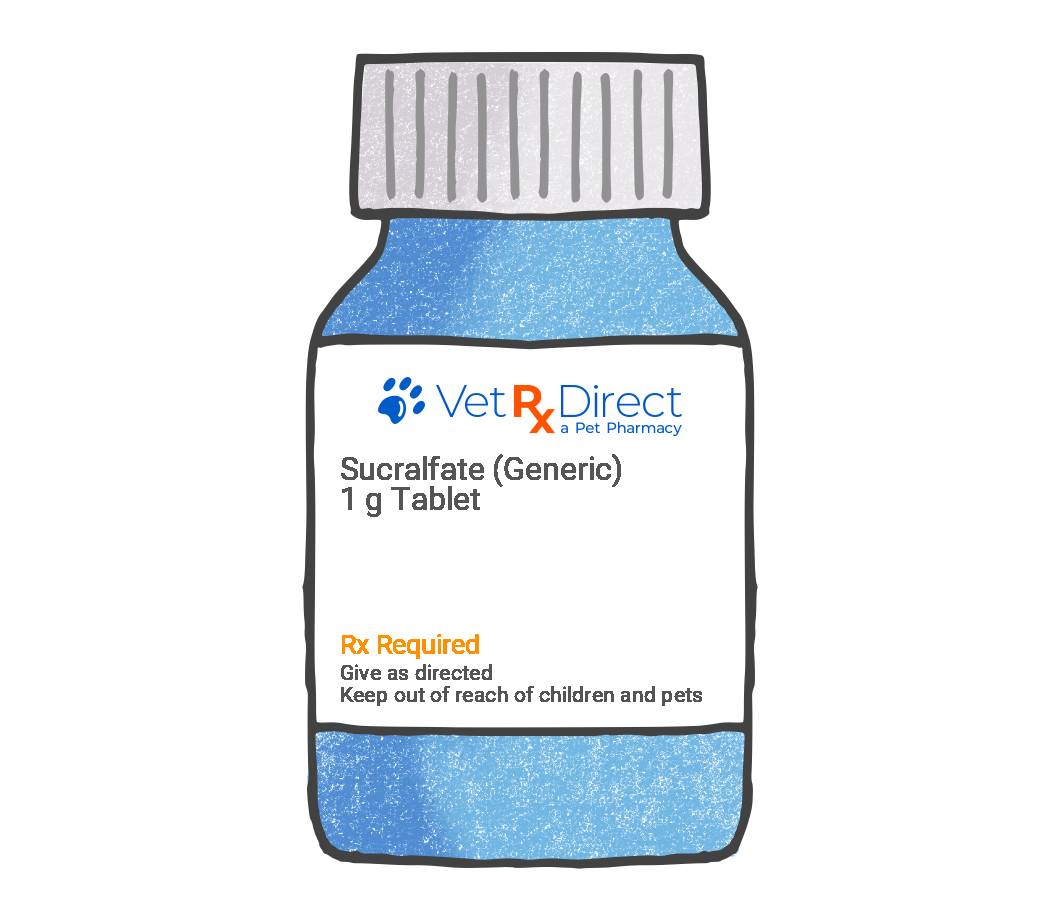119 On the Look Out for Dysphagia
bauer884; rette047; and thovs015
Lesson : Signs of Dysphagia
Intended audience
This lesson is intended for high school students. Lesson covers the baseline knowledge and tests students’ understanding of dysphagia at this level. Lesson also dives into the topic to allow students to learn about dysphagia at a deeper level.
Lesson Format
- Present objectives students are expected to know and understand;
- Introduction of topic;
- Thoroughly explain each objective;
- Test students’ knowledge;
Learning objectives
- Be able to define dysphagia
- Identify causes of dysphagia
- Understand the signs of dysphagia
- Understand possible treatments of dysphagia
Introduction
Dysphagia is the difficulty of swallowing and chewing and has many different causes. Chewing and swallowing depends on the function of several muscles and nerves therefor dysphagia can occur due to muscle/nerve issues, pain, dental issues or foreign bodies/masses that compromise their function.
What am I looking for?
Patients with dysphagia will present for gagging, difficulty drinking, ineffective swallowing, drooling, drooping food and nasal discharge or coughing.
What can cause dysphagia?
- Nerve damage: without nerves, our muscles don’t work properly
- Painful teeth: like having a toothache and being told to eat a steak!
- Nonfunctional tongue: try to chew your food without the guidance of your tongue, it helps push food to the back of your mouth so you can swallow correctly
- Muscle damage: try chewing and swallowing without a strong jaw
What needs to happen in order to swallow?
- Central stimulation to open the upper part of the esophagus
- Soft palate (a portion of the roof of the mouth) has to move up to close of the nostrils; if this doesn’t work, this is why food/drinks come out of our nose if we laugh too hard!
- Epiglottis has to cover the airway so food doesn’t end up in the lungs and cause aspiration pneumonia
If any of these things happen incorrectly or not at the right time, we end up with dysphagia!
How can dysphagia be treated?
Treatment will vary among each case of dysphagia as there are many different causes of it. Some general treatments are:
- Modification of feeding practices: soft food or liquid like food is easier to swallow
- Feeding position: putting an animal in a Bailey chair allows them to eat in an upright position to use gravity to swallow food
- Feed small, frequent meals: for pets that love to inhale their food, smaller meals more often may be easier for them to swallow and keep down!
- Diet change: a different food with different ingredients, like fat-restricted, can help minimize gastric acid secretion
- Medications like omeprazole or sucralfate: this is like you taking a Tums after a large meal, it will prevent acid reflux and in turn ulcers




Some more invasive treatments for severe cases are:
- Surgery
Unfortunately, a lot of these treatments are long lasting for patients as dysphagia doesn’t resolve on it’s own or in a couple days. However, some patients are able to make a full recovery under proper management!
Knowledge check
Student are to take quiz to access understanding of the lesson. Kahoot link is provided as another activity to reinforcement lesson objectives.
Kahoot Link: https://play.kahoot.it/#/?quizId=0e68d292-0527-47e7-8fdf-083698d4b548


